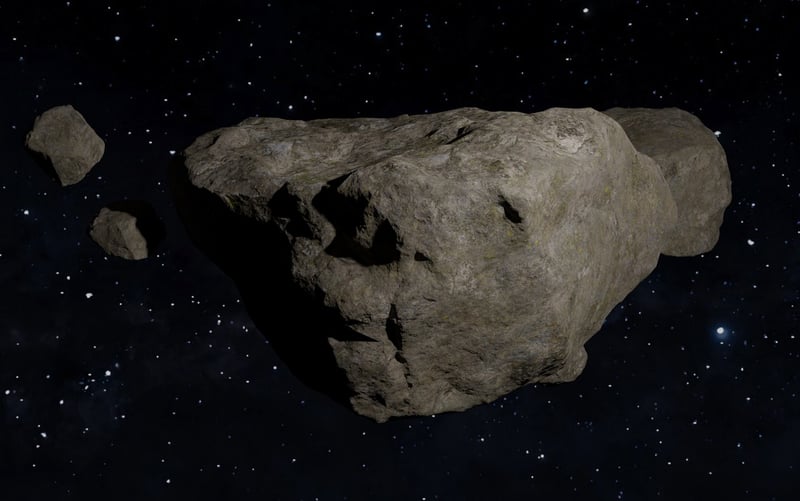Asteroid Belts
Navigating Dangers: Asteroid Belts
Space travel can be both thrilling and perilous, with one of the most dangerous obstacles being asteroid belts. These vast regions of space are filled with countless rocky bodies hurtling through the void, posing a significant risk to spacecraft and their crews. Let's explore how these dangers are navigated to ensure safe passage through these treacherous areas.
Understanding Asteroid Belts
Asteroid belts are regions of the solar system populated by numerous irregularly shaped rocks, ranging in size from small pebbles to massive boulders. The most famous asteroid belt is located between Mars and Jupiter, known as the Main Asteroid Belt, but similar belts exist throughout the cosmos.

Navigating Through Asteroid Belts
When plotting a course through an asteroid belt, spacecraft must utilize advanced sensors and navigation systems to detect and avoid potential collisions. One common strategy is to chart a course that weaves through the gaps between larger asteroids, minimizing the risk of impact.
Challenges Faced
Despite precautions, navigating asteroid belts remains a challenging endeavor. The sheer number of objects, combined with their unpredictable orbits, means that even a small miscalculation can have catastrophic consequences. Spacecraft must constantly adjust their trajectory to avoid collisions and ensure a safe journey.
Future Technologies
As technology continues to advance, new methods for navigating asteroid belts are being developed. From AI-powered collision avoidance systems to advanced propulsion techniques, scientists and engineers are working to make space travel through these hazardous regions safer and more efficient.
Conclusion
While asteroid belts present significant dangers to spacecraft, with careful planning, advanced technology, and skilled navigation, these obstacles can be overcome. By understanding the challenges they pose and developing innovative solutions, humanity can continue to explore and push the boundaries of space exploration.
Stay tuned for more articles on space exploration and the wonders of the cosmos!
